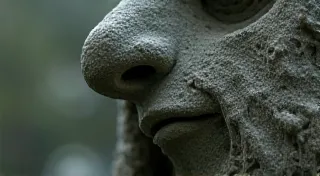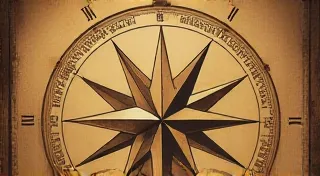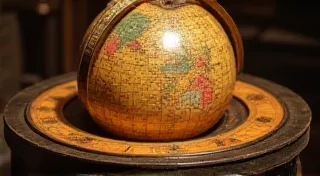Shadows of the Counter: Reconstructing Lost Business Worlds
There's a quiet dignity to the click and whir of an antique adding machine. It’s more than just the sound of gears meshing; it's the echo of countless hours spent balancing ledgers, calculating profits, and charting the course of businesses long gone. These aren't just machines; they are tangible links to a world before spreadsheets and digital accounting, a world where the act of calculation was a deliberate, almost meditative process. They whisper stories of ambition, innovation, and the relentless pursuit of progress.
My first encounter with a truly remarkable adding machine wasn't in a museum, but in the dusty, forgotten corner of my grandfather's barn. He’s a man who collects memories more than objects, and this particular machine, a stout Underwood, was one of them. I was a restless teenager, more interested in the digital world, but the sight of it – the burnished brass, the intricate levers, the sheer physicality of it – stopped me in my tracks. He’s told me stories then, tales of his own grandfather, a shopkeeper, relying on that very machine to keep his business afloat during the lean years of the Depression. The machine wasn’t just a tool; it was a symbol of resilience, of providing for a family, of navigating uncertainty.
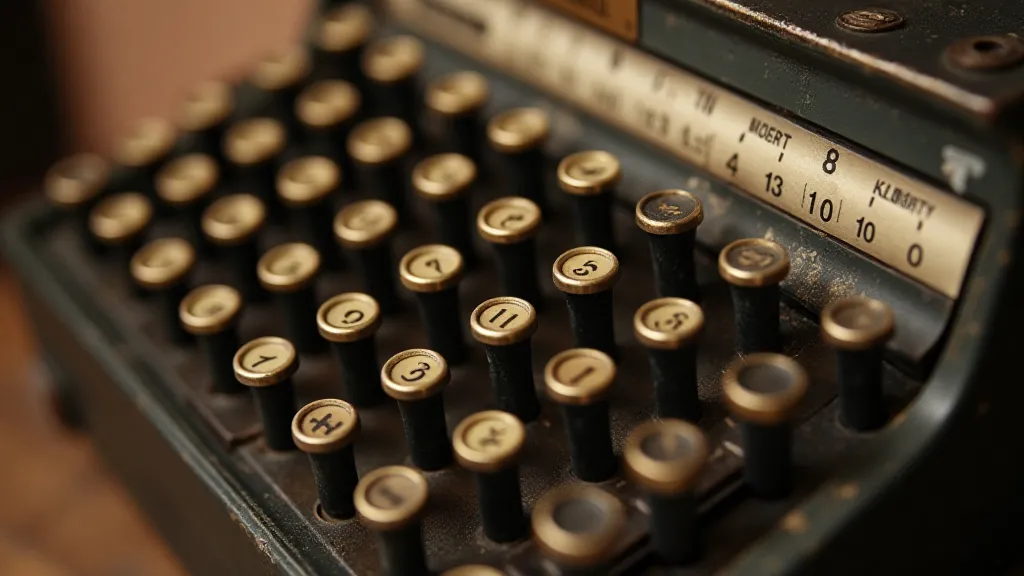
The Rise of Mechanical Calculation
Before the advent of electric calculators and computers, adding machines like the Underwood, the Marchant, and the Brunsviga were the lifeblood of businesses of all sizes. The late 19th and early 20th centuries saw an explosion of innovation in mechanical calculation. While rudimentary forms of adding existed for centuries, the true revolution came with the development of machines that could automate the entire process, significantly reducing the time and labor involved in accounting. The need arose from the burgeoning industrial revolution; businesses were expanding rapidly, and the sheer volume of transactions required a far more efficient method than manual calculations.
Early models were often hand-cranked, requiring considerable physical effort. The introduction of electric motors in the early 20th century drastically improved efficiency, and these machines quickly became status symbols in offices, representing a commitment to modernization and progress. The shift wasn't just about speed; it also reduced errors, which were a significant cost for businesses. A single misplaced decimal could have devastating consequences. The elegance of the mechanical design, the sheer ingenuity required to create these machines, is captivating even today.
Craftsmanship and the Human Touch
What’s truly remarkable about these antique adding machines isn’t just their function, but the quality of their construction. These weren't mass-produced, disposable items. They were built to last, often by skilled craftsmen who took immense pride in their work. The brass, the steel, the intricate clockwork mechanisms – everything was carefully considered and meticulously assembled. You can almost feel the maker’s hand in every lever and gear. Consider the Brunsviga, for instance, with its unique column-shifting mechanism – a truly remarkable feat of engineering, allowing for rapid calculations with multiple columns of numbers.
The materials themselves tell a story. Brass, chosen for its durability and pleasing aesthetic, often bears the patina of decades spent under office lighting. Steel components, hardened and precisely machined, display a subtle sheen. Examining these machines reveals a level of detail rarely seen in modern manufacturing. The tolerances were tight, the finish impeccable. It's a tangible reminder of a time when quality was valued above all else. The attention to detail wasn't just about aesthetics; it was about ensuring the machine performed reliably, day after day, for years to come.
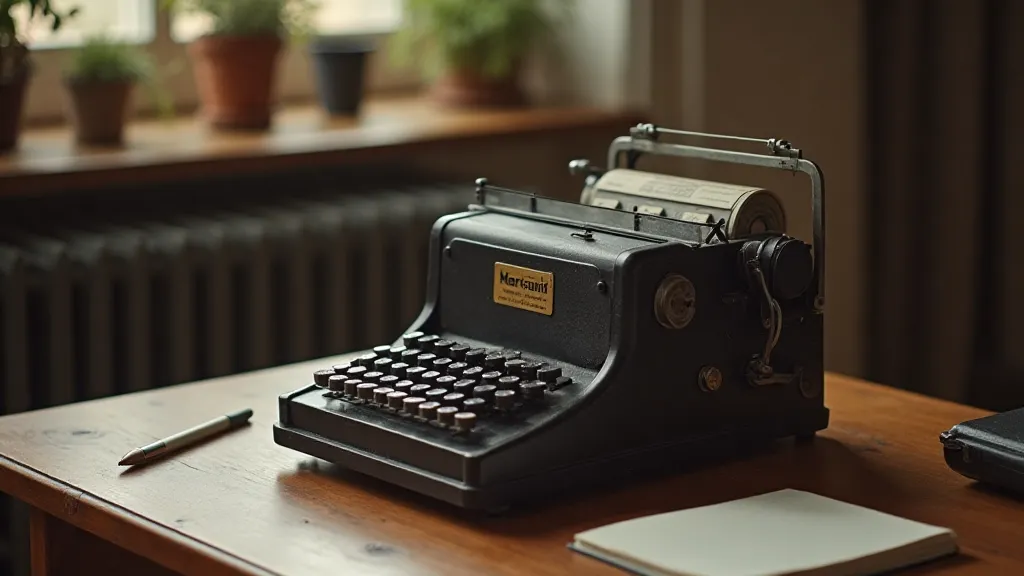
A Window into Business Practices
Antique adding machines offer a surprisingly intimate window into the business practices of past eras. The design of the machines often reflected the prevailing methods of accounting. The scale of the business they served dictated their complexity; a small shopkeeper might have relied on a simpler, hand-cranked model, while a larger corporation would have invested in a more sophisticated electric machine. The very presence of an adding machine in an office signaled a commitment to professionalism and efficiency.
Imagine the clerks of yesteryear, diligently operating these machines, balancing accounts, calculating payroll, and tracking inventory. Their work was essential to the success of the businesses they served, and the adding machine was their trusted companion. These machines were integral to the lives of countless individuals and the economic fabric of entire communities. They witnessed booms and busts, wars and peacetime, and the relentless march of progress.
The Challenge of Restoration and Preservation
Restoring antique adding machines is a rewarding, albeit challenging, endeavor. It requires a delicate touch, a keen eye for detail, and a deep understanding of mechanical principles. Many components are intricately interconnected, and even a seemingly minor adjustment can have unforeseen consequences. Finding replacement parts can be difficult, often requiring ingenuity and resourcefulness. However, the satisfaction of bringing a piece of history back to life is immense.
The process isn't just about repairing mechanical failures; it’s also about preserving the machine’s historical integrity. Cleaning and polishing should be done carefully, avoiding harsh chemicals that could damage the original finish. Replaced parts should be period-appropriate and of comparable quality. The goal is to restore the machine to a working condition while maintaining its authenticity and character. These machines are more than just pieces of machinery; they are artifacts of a bygone era.
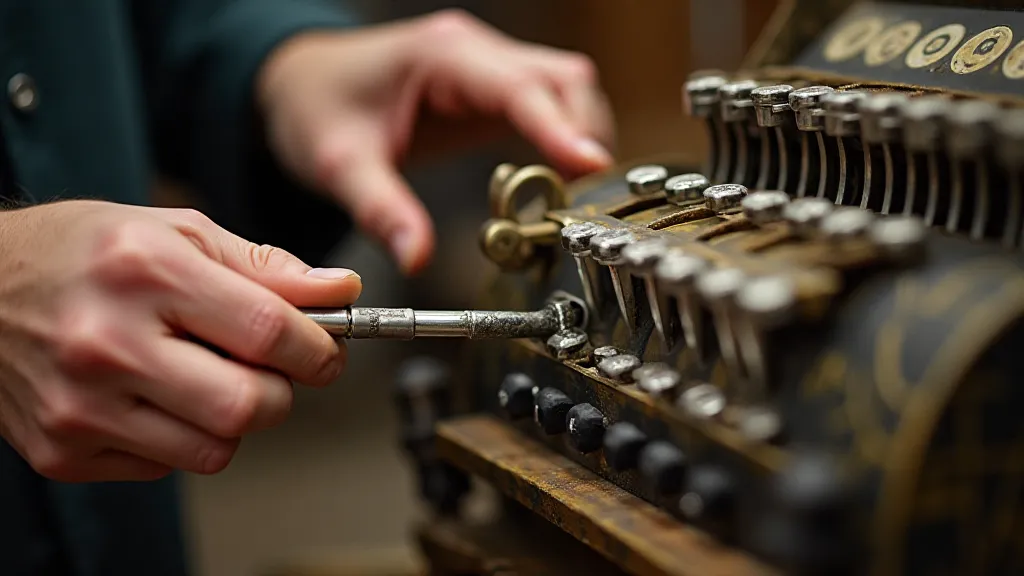
The Legacy Continues
While the age of the mechanical adding machine may have passed, their legacy endures. They stand as testament to human ingenuity, craftsmanship, and the relentless pursuit of progress. They are a reminder of a time when work was more deliberate, more personal, and more connected to the physical world. Collecting and restoring these machines is not just about preserving objects; it’s about preserving a piece of history, a connection to the past, and an appreciation for the ingenuity of our predecessors.
The quiet click and whir of an antique adding machine may not resonate with the same urgency as a spreadsheet on a computer screen, but it speaks volumes about the evolution of business, the importance of precision, and the enduring power of human innovation. It’s a sound that echoes through the shadows of the counter, reminding us of the stories waiting to be rediscovered within these remarkable machines.
